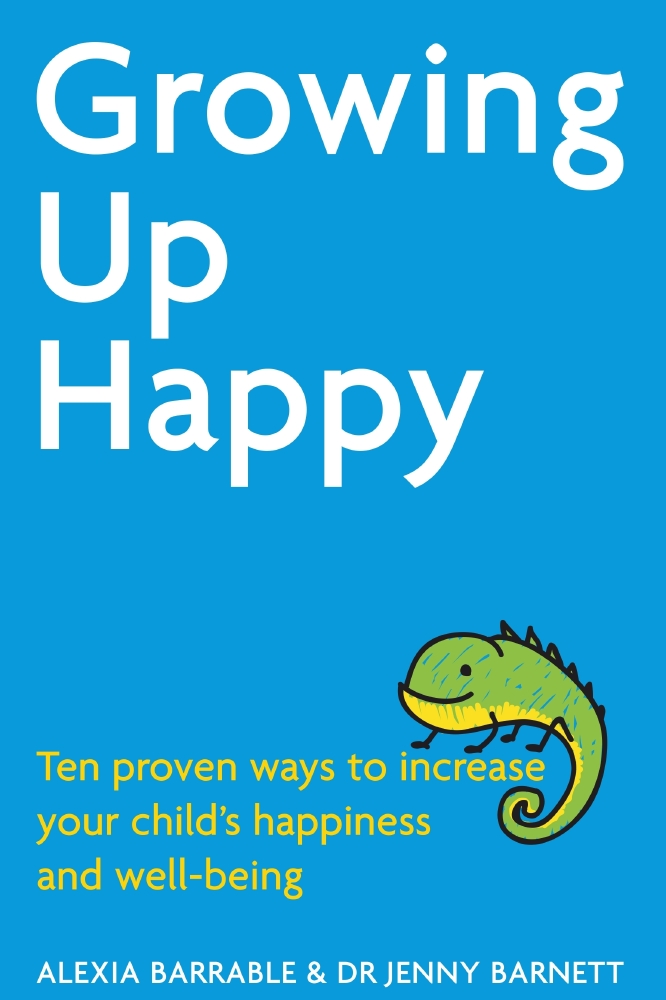Mindfulness, the simple practice of being present in the moment in an open and accepting way, has been repeatedly shown to increase feelings of happiness and well-being. With several recent studies confirming how great mindfulness is for us and our children, here are some easy ways to practise these life changing habit with your little ones, from toddlers to teens:

Alexia Barrable and Jenny Barnett
Eating mindfully
This exercise can be done with a simple snack, like a raisin, or if you want a treat, a piece of chocolate. Take some time to appreciate what is in front of you before you tuck in! Smell it, look at it and finally, as you take it into your mouth take a moment to truly taste it. Be present in that moment, and be aware of the experience as something ordinary, that can also be so special.
Listening mindfulness
An exercise ideally suited to a natural environment, like a garden or a park, but that can certainly be done anywhere. Sound is wonderful in that it can keep us in the moment. For a few minutes (I usually suggest one minute for each year of age, for young children) just listen to all the sounds surrounding you, as they happen: the birds chirping, the rustling of the leaves in the breeze or a car passing by. Focus on staying in the moment and noting each sound as it comes to you. Nothing more. Nothing less.
Focusing on the breath
The breath is always with us and can provide a wonderful anchor to the present moment. Take a moment out of your day with your children to focus on your breath, the rhythmic breathing in and out that often happens subconsciously. For young children, asking them to place a trusted stuffed toy, like a teddy bear on their tummy, and watching it rise and fall in time with their breaths can add a little playfulness to the exercise.
Emotions are like the weather
Emotional literacy - being able to recognise and acknowledge our emotions - is central to being mindful. Work with your children to give names to their emotions, and be able to recognise them. Then look at them as weather patterns: emotions come and go, just like the weather. Observe and discuss how you are feeling at any given moment, and how you can sometimes go from sunshine to rain, or how a tempest might occasionally overcome us! Teaching kids to feel at home with all of their emotions in a non-judgemental way is a great lesson.
Go Techy
For older kids and teenagers who might have access to a phone or other electronic device, use a mindfulness app together. I personally like Stop, Breathe & Think, and Calm, both of which are free.


